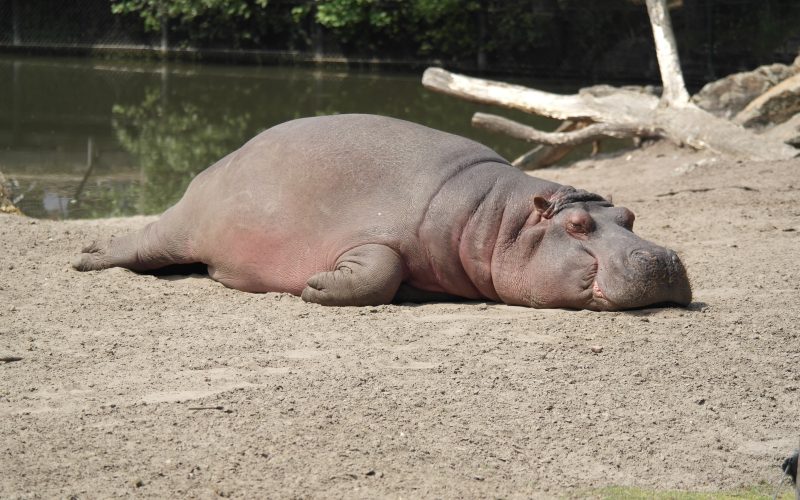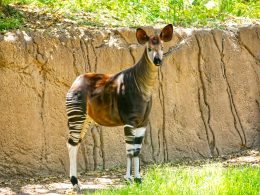Hippos are often portrayed as cute and friendly animals in cartoons and children’s books. However, in reality, these massive mammals are some of the most dangerous animals in Africa. Here are some surprising facts about the mighty hippo.
- Hippos are semiaquatic animals.
Hippos are often found in rivers and lakes, where they spend most of their time in the water to keep cool and protect their skin from the sun. They can hold their breath for up to five minutes and can even sleep underwater by rising to the surface for air without waking up.
- Hippos are herbivores.
Despite their reputation as fierce predators, hippos are actually herbivores that feed on grass and other vegetation. They are known to graze on land at night and can consume up to 150 pounds of vegetation in a single day.
- Hippos are social animals.
Hippos are social animals that live in groups of up to 30 individuals, typically led by a dominant male. They communicate with each other using grunts, honks, and other vocalizations, and will defend their territory and their young fiercely if threatened.
- Hippos have powerful jaws.
Hippos have enormous jaws and teeth that can easily crush bones and other hard materials. They are responsible for more human deaths in Africa than any other large animal, and are known to be aggressive and territorial.
- Hippos are excellent swimmers.
Despite their bulky size, hippos are surprisingly graceful swimmers. They can move through the water at speeds of up to 15 miles per hour, and are known to chase away crocodiles and other predators that try to invade their territory.
- Hippos are in danger of extinction.
Hippos are currently listed as vulnerable by the International Union for Conservation of Nature (IUCN), with their populations declining due to habitat loss, poaching, and climate change. It is estimated that there are only around 130,000 hippos left in the wild, and conservation efforts are needed to protect these iconic animals.
In Conclusion
The hippopotamus may be a beloved animal in popular culture, but in reality, it is a formidable and sometimes dangerous creature that is facing threats to its existence. Understanding the surprising facts about this mighty animal can help us appreciate and respect its place in the natural world, and work to protect it for future generations.












